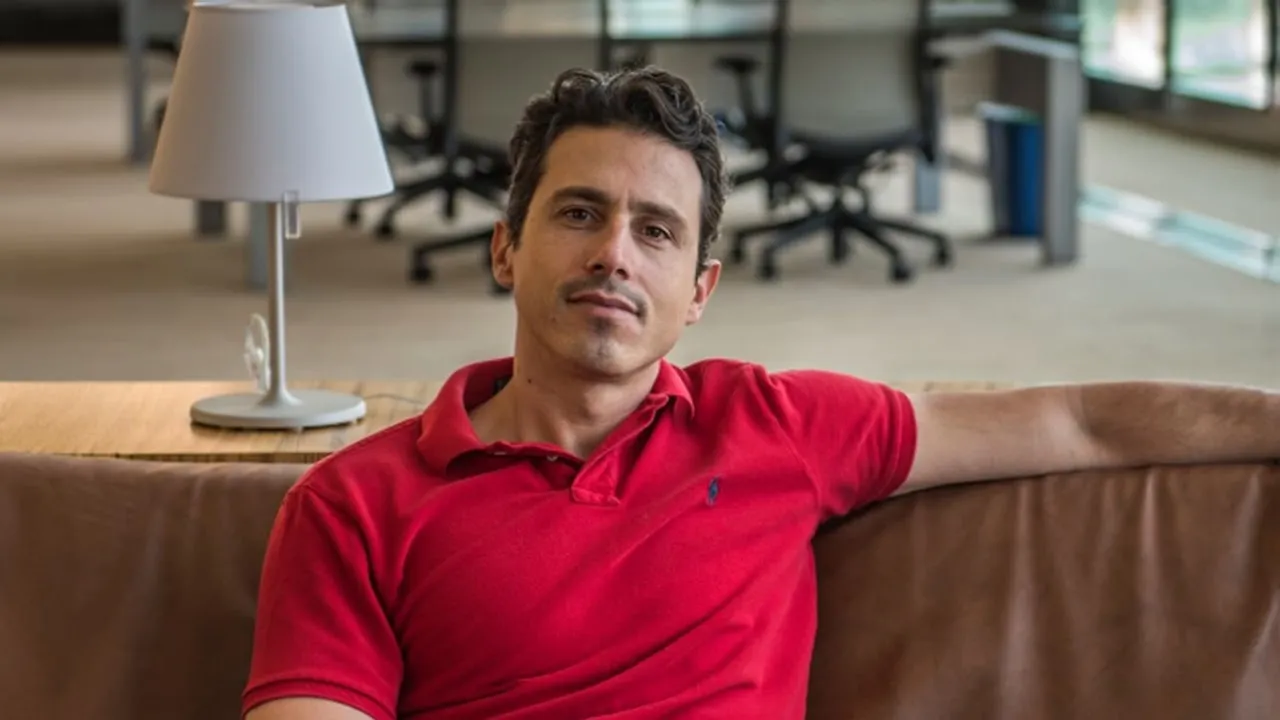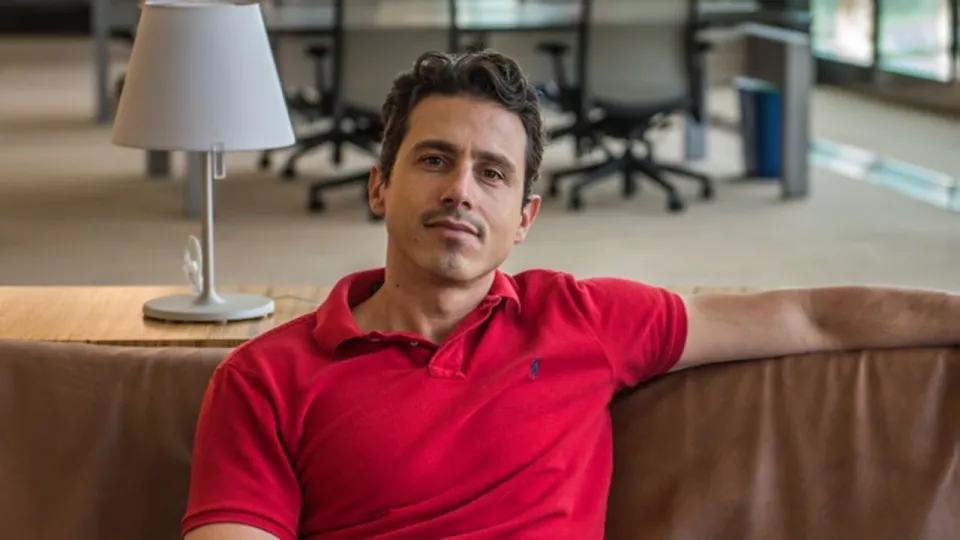
Andrea Fratalocchi Elected OSA Fellow for Pioneering Innovations
Andrea Fratalocchi, associate professor in the University's Computer, Electrical and Mathematical Sciences and Engineering (CEMSE) Division, was recently elected as a Fellow Member of The Optical Society of America (OSA) at the Society’s Board of Directors meeting in September.
About
By David Murphy
Andrea Fratalocchi, associate professor in the University's Computer, Electrical and Mathematical Sciences and Engineering (CEMSE) Division, was recently elected as a Fellow Member of The Optical Society of America (OSA) at the Society’s Board of Directors meeting in September. With his Fellow membership, Fratalocchi joins a distinguished group of OSA members who have served with distinction in the advancement of optics and photonics. The OSA, founded in 1916, is the leading professional association in optics and photonics.
The associate professor of electrical engineering was explicitly honored for his “pioneering innovations in the use of complex optical systems and the development of creative technologies in clean energy harvesting, bio-imaging, and advanced optical materials.” The Fellowship was awarded, due in large part to the research results that Fratalocchi has produced over the past decade at KAUST. Thus far, the innovative scope of his research has generated strong funding, large interest from media and industry, and has attracted a wide range of students and collaborators to his research group.
“It feels like a real honor to be recognized by this Fellowship. My research at KAUST created virtuous feedback that fueled the impact and recognition necessary to obtain the Fellowship. The OSA is a world-leading society for optics and photonics and receiving such appreciation from my peers is extremely gratifying.”
Complexity science
Since joining KAUST in 2011 from his role as a postdoctoral fellow at the Sapienza University of Rome, Italy, Fratalocchi has dedicated himself to the advancement of the field of physics and engineering; and in recent years, to the study of applied complexity. This novel form of research tries to understand complex physical systems (regulated by a large number of interacting degrees of freedom) and transform them into different technologies. The approach is characterized by nonlinearity, unlike traditional “cause and effect” or linear thinking. Examples of applied complexity include chaos theory, rare events, brain functions, natural mimicry and camouflage, swarms cooperative dynamics, intelligence, etc.
“Despite that in some cases the evolution of these systems seems dictated by relatively simple interactions—such as predator-prey games in nature or neurons that send electric stimuli to their nearest neighbors—the effects arising are advanced and sophisticated, with a common denominator: extreme efficiency and sustainability,” Fratalocchi noted.
“I want to understand the physical origin of these behaviors and transform them into sustainable technologies that tackle the contemporary problem of global interest, ranging from energy harvesting to clean water production, design of smart materials, biomedical applications, information security, artificial intelligence, global warming, and so on.”
‘A great leap in the advancement of science’
Fratalocchi’s Primalight Lab research group are busy developing a host of projects, ranging from the realization of new laser printing technologies that use only light and no pigments or dyes, to new high performing flat materials for wavefront engineering designed via artificial intelligence. The team are also working on the realization of new neurophotonic chips that work entirely by artificial intelligence, and are based on a new concept of “universal learning.”
“Each of these chips has almost no electrical wires and writes itself the program required to tackle a specific problem by using an insignificant amout of power. It can perform functions that even the best current CPU cannot perform and at an ultrafast light speed. We are in the process of testing the first prototype and we are very excited to see it in action.”
The overarching goal of his future research is to understand the physics of complex systems. He firmly believes that through understanding the physics of complex systems—lies the key to performing a great leap in advancement for the development of future technologies in many different fields.
“Some examples of complex systems can easily clarify this statement: Each neuron in the brain dissipates less than 1 nW: this power is one-millionth the one dissipated by the most sophisticated transistor fabricated today. The camouflage of specific mollusks is more advanced than the most sophisticated nanomaterial engineered today; they can also dynamically change, contrary to the best man-made structures. Human babies develop spontaneous language abilities and cognitive thoughts, none of which happens in the most advanced technology platform available.
“All these systems are designed in a language that linguistics would call ‘nonlinear orthography’ and that gives to these systems incredible robustness, scalability, efficiency and sustainability. I firmly believe that in the understanding of these systems, or equivalently, in the development of a new ‘nonlinear orthographic’ language for designing technologies, lies the secret key that can enable a great leap in the advancement of science.”
